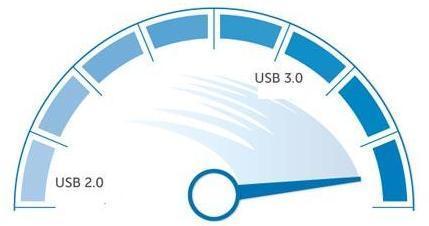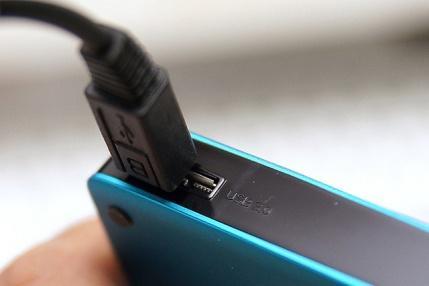The USB connector has been one of the greatest success stories in the history of computing, with more than 2 billion USB-connected devices sold to date. But in an age of terabyte hard drives, the once-cool throughout of 480 megabits per second that a USB 2.0 device can realistically provide just doesn’t cut it any longer.

What is USB 3.0
USB 3.0 (aka “SuperSpeed USB”) promises to increase performance by a factor of 10, pushing theoretical maximum throughput of the connector all the way up to 4.8 gigabits per second, or processing roughly the equivalent of an entire CD-R disc every second. USB 3.0 devices will us a slightly different connector, but USB 3.0 ports are expected to be backward-compatible with current USB plugs, and vice-versa. USB 3.0 should also greatly enhance the power efficiency of USB devices, while increasing the juice (nearly one full amp, up from 0.1 amps) available to them. That means faster charging time for your iPod – and probably even more bizarre USB-connected gear like the toy rocket launchers and beverage coolers that have been festooning people’s desks.

